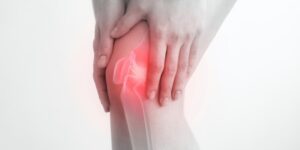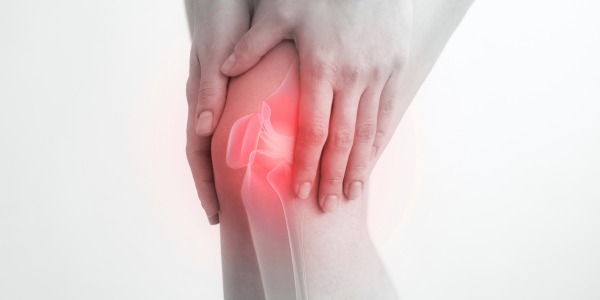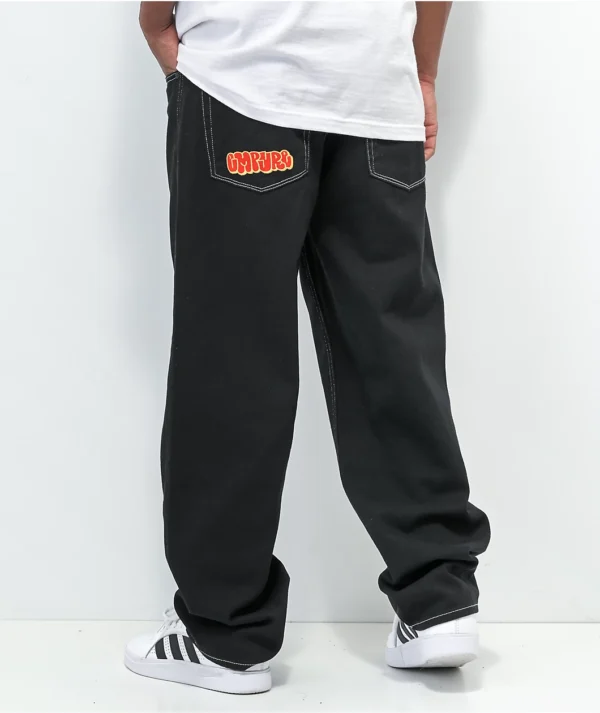(Dr. Anil jain Internationally renowned, widely experienced (44 years)
Introduction
Bone and joint injuries are some of the most frequent problems people face regardless of their age. These injuries can happen during sports, in accidents, or while doing regular activities. Knowing more about bone injuries can help people get the right medical care without delay. A lot of individuals find it hard to tell the difference between sprains, strains, and fractures, which might result in late or incorrect treatment. This guide shares useful details, with advice from specialists at AVEE Hospital, to explain these differences and to help diagnose, treat, and recover from these injuries.
Common Bone Injuries and Their Causes
Bones and the tissues around them get injured when too much force is applied. These injuries can be as small as sprains or as serious as fractures that might need surgery. Some typical reasons for these injuries are:
- Falling or accidents
- Sports injuries
- Repeated strain or overuse
- Bones getting weaker with age
- Car accidents
- Getting hurt at work
Each injury targets different body parts and needs specific care. Visiting a best orthopedic doctor in Ghaziabad can help diagnose and treat these injuries, the tricky ones.
Understanding Different Types of Bone Injuries
Bone injuries come in many forms, from easy-to-handle sprains to complicated breaks. Here’s a closer look:

Sprains: Ligament Injuries
Sprains happen when ligaments, the strong bands that join bones together at joints, stretch too far or tear. Ankles, knees, and wrists are the most common spots for sprains during sudden twists or sharp movements.
Severity Levels of Sprains:
- Grade 1 (Mild): Ligament stretches with tiny tears.
- Grade 2 (Moderate): Some tearing occurs causing noticeable swelling and pain.
- Grade 3 (Severe): Ligament tears , which can lead to major joint instability.
Spotting symptoms of a bone injury is important to avoid issues and heal faster. Pain swelling, bruises, and trouble moving the joint show up with sprains.
Strains: Muscle and Tendon Damage
Strains are injuries to muscles or tendons, which link muscles to bones. These injuries tend to happen in areas like the hamstrings, lower back, or neck. They are caused by lifting things wrong or pushing the body too hard.
Strain Classifications:
- Acute Strains: Injury happens from too much force or stretching.
- Chronic Strains: Repeat movements over time cause damage.
- Severity Levels: Ranked similar to sprains, from Grade 1 to 3 based on how bad the damage is.
Unlike sprains, strains usually bring muscle spasms, cramping, or weakness along with swelling and pain.
Fractures: Bone Breakage
A fracture happens when a bone breaks, which can be anything from tiny cracks to a full break with pieces splitting apart. Treating each type of fracture needs the right method to help the bone heal .
Common Fracture Types and Their Characteristics:
- Simple or Closed Fractures: The bone breaks but does not pierce the skin.
- Compound or Open Fractures: The bone breaks through the skin, which raises the risk of infections.
- Hairline Fractures: Small cracks in the bone that might not show on standard X-rays but still cause ongoing pain.
- Comminuted Fractures: The bone breaks into several pieces.
- Greenstick Fractures: The bone bends and cracks but doesn’t break ; this happens often with kids.
- Stress Fractures: Tiny cracks in bones caused by repetitive strain or overworking them.
Comparative Analysis: Sprains vs. Strains vs. Fractures
Understanding the key differences between these injuries is crucial for proper first aid and treatment decisions:
| Feature | Sprains | Strains | Fractures |
| Affected Structure | Ligaments (connect bone to bone) | Muscles or tendons (connect muscle to bone) | Bone tissue |
| Common Locations | Ankles, wrists, knees | Hamstrings, back, neck | Any bone (commonly wrists, ankles, hips) |
| Pain Characteristics | Pain with movement, especially at joint | Muscle pain, spasms, cramping | Sharp, intense pain, often immobilizing |
| Swelling | Localized at joint | Along muscle or tendon | Around fracture site |
| Mobility Impact | Joint instability | Muscle weakness | Often complete loss of function |
| Sound at Injury | Popping sound possible | Usually silent | Snapping or cracking sound common |
| Visible Deformity | Rarely present | Rarely present | Often visible in displaced fractures |
| Diagnostic Imaging | Usually not required for mild cases | Usually not required for mild cases | X-rays, CT scans essential |
| Treatment Approach | RICE, bracing, physical therapy | RICE, rest, physical therapy | Immobilization, casting, possible surgery |
| Recovery Timeline | 2-6 weeks depending on grade | 2-10 weeks depending on severity | 6-12 weeks or longer |
Recognizing Bone Injury Symptoms Early
figuring out the type of injury can make a big difference in healing. A doctor needs to confirm the diagnosis, but these signs might help you figure out what kind of injury it is:
Fracture Warning Signs:
- A loud cracking sound when the injury happens
- The bone looks out of place or shaped
- Intense pain that doesn’t go away even when resting
- You can’t put weight on it or move the injured part
- A strange numb or tingling feeling could mean nerves are involved
Sprain/Strain Indicators:
- Movement makes the pain worse
- Swelling and bruises appear over time
- You might struggle to move it, but it’s not useless
- If it’s a sprain, pain is near the joint, while strains hurt along muscles
A hand fracture needs proper care to keep movement and function intact. Bigger bone injuries often have a stronger effect on how a person moves.
Complete Guide to Fracture Treatment and Recovery
This guide helps explain how doctors handle bone injuries. Today, there are surgical and non-surgical options to deal with fractures, making it a helpful guide to fracture treatment for patients seeking the right care.
Non-Surgical Approaches
- Immobilization: Using a cast, brace, or splint to keep the bone steady
- Traction: and carefully pulling the bone back into place
- Medication: Drugs to handle pain and help with swelling
- Physical Therapy: Exercises to rebuild strength after healing begins
Surgical Interventions
- Open Reduction Internal Fixation (ORIF): Doctors realign bones using surgical tools and hardware.
- External Fixation: A frame outside the body keeps severe fractures in place.
- Joint Replacement: Surgeons replace joints when fractures cause serious damage nearby.
- Bone Grafting: Bone tissue gets added to help with proper healing.
Recovery Timeline
Healing after fractures happens in stages:
- First Stage (1-2 weeks): Pain relief and reducing swelling are the main focus.
- Second Stage (2-6 weeks): Bones start to mend, but movement stays restricted.
- Third Stage (6-12 weeks): Mobility improves with added physical therapy sessions.
- Final Stage (3-6 months): Normal activities resume along with ongoing strength building.
Treating a fracture starts with immobilizing the injured area and getting medical help . To ease symptoms in any bone injury, people can follow the RICE method: Rest, Ice, Compression, and Elevation until proper care is received.
What to Expect at the Orthopedic Department in Ghaziabad
AVEE Hospital in Ghaziabad has modern tools for diagnosis and treatment. When someone visits with a bone injury, they can look forward to advanced care and specialized services offered by the Orthopedic Department in Ghaziabad, ensuring accurate diagnosis, effective treatment, and faster recovery.
- Thorough Check-Up: Doctors take a complete medical history and do a physical exam.
- High-Tech Testing: They use tools like X-rays, CT scans, or MRIs when necessary.
- Custom Treatment Plans: Each patient gets care based on the kind and seriousness of their injury.
- Expert Help: Skilled orthopedic doctors give focused treatments.
- Recovery Support: Patients can access physical therapy and help to heal better.
Services Offered at the Best Multispeciality Hospital in Ghaziabad
AVEE Hospital is known for excelling in orthopedic services. Located in Vaishali Sector 6, they deliver:
- Advanced imaging technology for diagnosing problems
- Cutting-edge surgical spaces to perform orthopedic operations
- Replacement surgeries for damaged joints
- invasive arthroscopic treatments
- Emergency care to treat injuries caused by accidents
- Full-fledged physiotherapy programs to recover movement
- Care for athletes dealing with sports-related injuries
- Orthopedic services to prevent future bone issues
Dr. Anil Jain leads the orthopedic team and ensures patients receive personalized attention at every stage, from identifying the injury to making a full recovery.
Why Consult the Best Orthopedic Doctor in Ghaziabad for Bone Injuries
Getting proper treatment for bone injuries matters for many important reasons:
- Clear Diagnosis: Identifying sprains, strains, or fractures needs skill and the right medical imaging tools.
- Targeted Care: Each injury heals best with its own specific treatment methods.
- Preventing Problems: Getting professional treatment lowers the chance of lasting issues like pain that doesn’t go away or weak joints.
- Better Recovery: Specialists give advice that helps people get back to their usual routines .
- Custom Rehabilitation: Physical therapy plans are created to match what each person needs and aims to achieve.
Conclusion
Knowing how sprains, strains, and fractures differ helps respond to injuries. While small injuries might heal on their own seeing an orthopedic expert makes sure treatment fits the injury and avoids future problems.
Residents in Ghaziabad and nearby places can visit AVEE Hospital in Vaishali Sector 6 to get full orthopedic care. The center provides modern facilities to diagnose and treat issues. From sports injuries to trauma from accidents or long-term problems with bones and joints, visiting an orthopedic expert can affect how well you recover.
Getting help can be important in treating bone injuries. If you feel serious pain or notice swelling, deformity, or trouble moving after getting hurt, see a doctor without delay instead of trying to figure it out or treat it at home.



